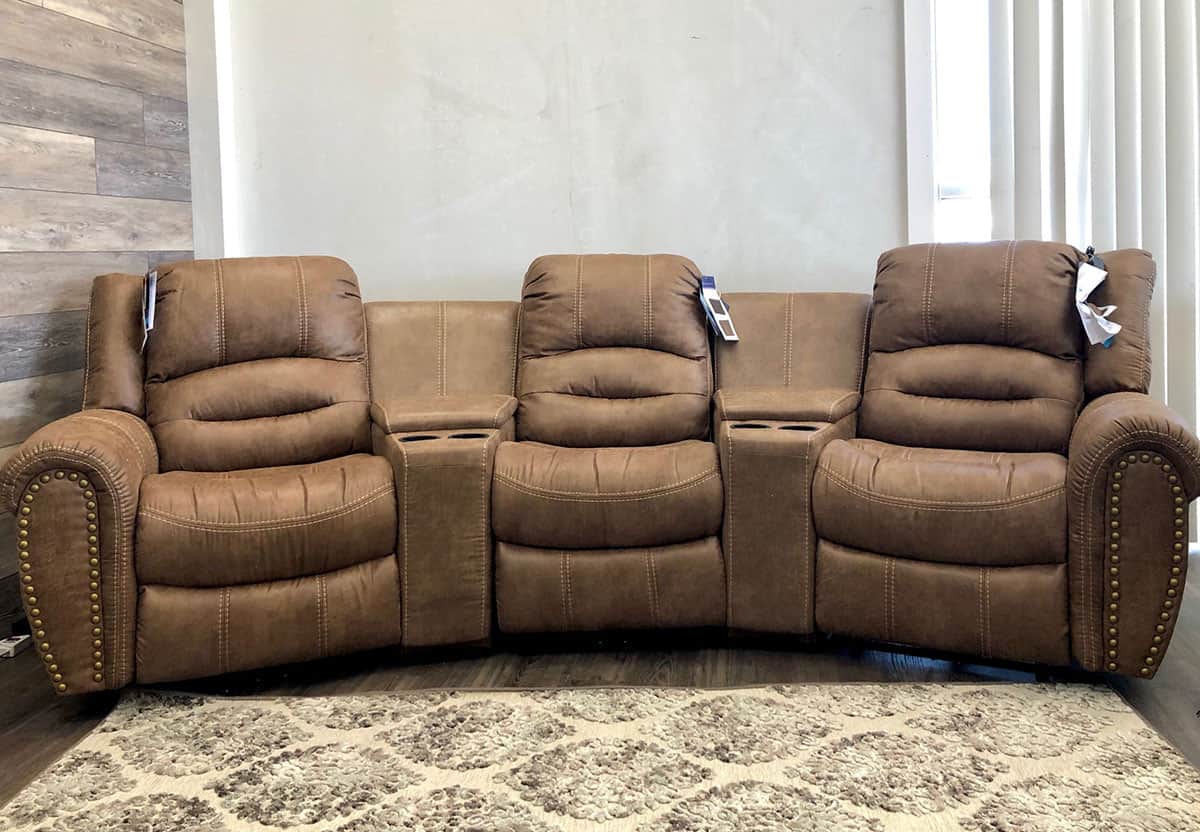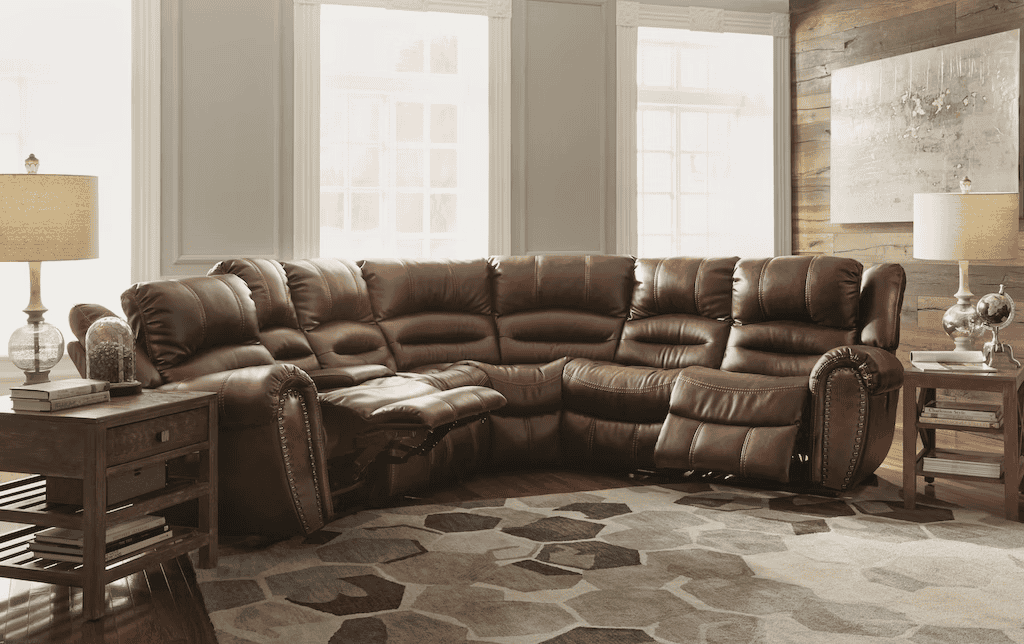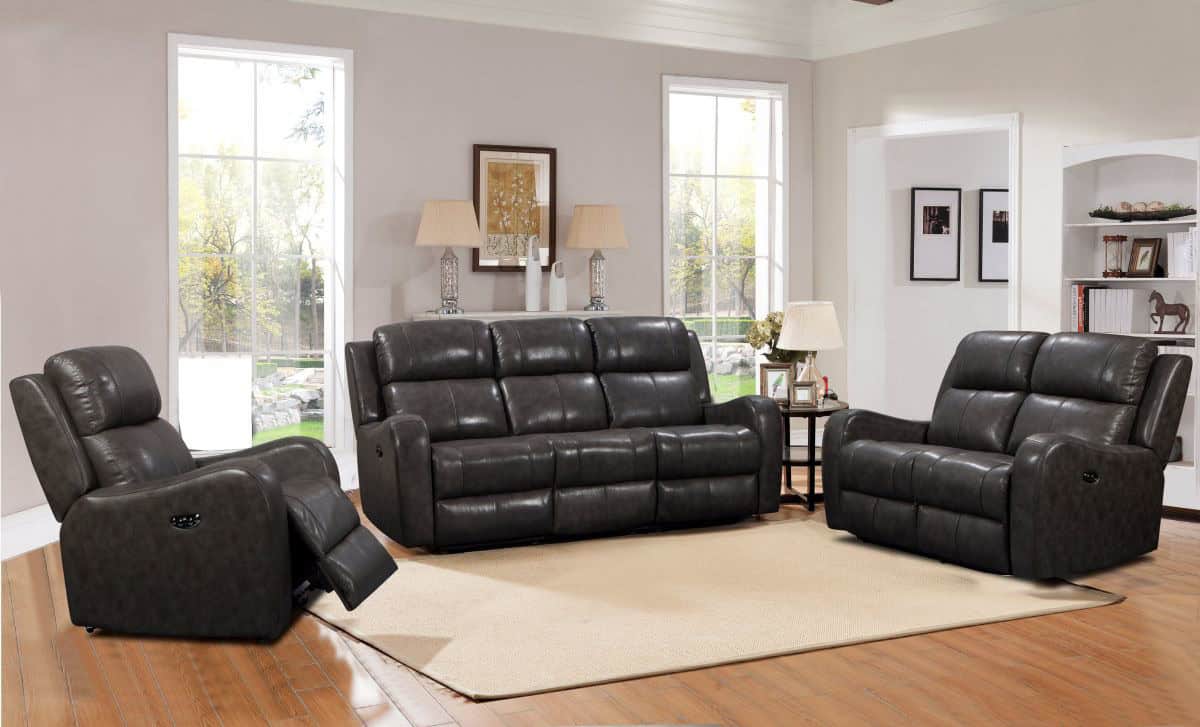There’s nothing quite like kicking back in a recliner after a long day. And if you’ve got a Flexsteel recliner, you probably already know it’s built for comfort, whether you’re watching TV, sneaking in a nap, or just giving your back a break, making it one of the best recliners for sleeping, lumbar support, and pain relief.
But here’s the thing—even the best recliners don’t last forever. Maybe the reclining mechanism starts acting up, the cushioning isn’t as plush as it used to be, or the upholstery starts showing some wear. No piece of furniture is indestructible, but the good news is most of these problems have fixes. With a little troubleshooting (and some regular maintenance), your recliner can stay comfy and functional for years.
What is a Flexsteel Recliner?
Flexsteel has been making furniture for over a century, and their recliners are known for durability, comfort, and solid craftsmanship. The renowned recliner brand typically has sturdy frames, thick cushioning, and smooth reclining mechanisms, plus some models come with power reclining, adjustable headrests, and built-in footrests for extra comfort.

Image Source: labersfurniture.com
One of the biggest selling points? Flexsteel’s Blue Steel Spring technology, which helps the seat hold its shape better over time (so you’re not sinking into a saggy cushion after a year).
That said, no recliner is perfect. Let’s get into the most common issues and what you can do about them.
6 Common Flexsteel Recliner Problems

Image Source: flexsteel.com
1. Noisy Reclining Mechanism
If your Flexsteel recliner has started making noises that sound like a haunted house door creaking open, don’t worry—it’s not possessed (probably). Over time, screws loosen, joints dry out, and the reclining mechanism just gets a little grumpy. A simple fix? Grab a screwdriver and tighten any bolts that seem wobbly, then hit the moving parts with a little lubricant to the Flexsteel recliner. Just don’t go overboard unless you want an oil slick on your floor. If that doesn’t do the trick, there might be a worn-out component in there begging for retirement. In that case, either replace it yourself (if you’re feeling handy) or call in a repair tech to save yourself the frustration.
2. The Recliner Isn’t Moving Smoothly or Is Stuck.
One day, your recliner glides effortlessly into the perfect lounging position. The next? It’s as stubborn as a rusty lawn chair. If it’s just feeling stiff, a little gentle force might coax it back to life. Still stuck? Some lubrication on the joints could help. But if your recliner refuses to move at all—like a petulant child who doesn’t want to leave the park—it might be a deeper mechanical issue. At that point, calling in a professional is your best bet unless you feel like playing furniture surgeon.
3. Electrical Problems (in Power Recliners)
Power recliners are all fun and games until they stop working and leave you awkwardly half-reclined like a broken amusement park ride. If the buttons are unresponsive, start with the basics—make sure it’s plugged in (yes, really). If that’s not the issue, try another outlet to rule out a power problem. But if your recliner’s button flickers ominously before giving up completely, there could be a wiring issue or a fried circuit board. Unless you have experience dealing with electrical repairs, this is one of those “call a professional” moments.
4. Padding and Cushion Problems
At first, your recliner felt like sinking into a cloud. Now? More like sitting on a sad pancake. Cushion padding doesn’t last forever, and over time, it can flatten out, leaving your recliner looking (and feeling) a little deflated. If it’s just lost a bit of fluff, adding extra padding or using a throw pillow can help. But if the support is completely shot, you might need to have the cushions restuffed or replaced. If you’re still within the warranty window, Flexsteel might be able to help—otherwise, a furniture repair expert can bring it back to life.
5. Upholstery Problems
Even the toughest recliners can’t escape the inevitable—fabric wears down, stitching comes loose, and life just happens. Whether it’s an unfortunate coffee spill, a pet that thinks your chair is its new scratching post, or general wear and tear, upholstery damage can sneak up on you. Small issues can often be fixed with a quick patch job or some professional re-stitching. Bigger problems? You might need new upholstery altogether. If the chair is still under warranty, check with them to see if Flexsteel customer service cover the fix. Otherwise, a local upholstery pro can work some magic.
6. Flexsteel Recliner Control Mechanism Problem
If the power button on your recliner is acting up, there’s a chance it’s been repeatedly smacked, pressed too hard, or maybe something heavy was dropped on it. First things first—try unplugging the recliner and plugging it back in. Sometimes, a simple reset is all it needs. But if you notice flickering or the button stops working entirely, there could be a bigger issue with the internal wiring or control board. At that point, calling a technician is your best move unless you enjoy troubleshooting electrical circuits in your free time.
How to Address Flexsteel Recliner Problems
So, your Flexsteel recliner’s acting up, huh? Before you panic and imagine life without it, don’t worry—most issues have a pretty straightforward fix. Let’s break it down and get your recliner back to its lazy glory.

Image Source: wichitafurniture.com
1. Contact Flexsteel Customer Service
First things first, get in touch with Flexsteel’s customer service. Have your model number and purchase info on hand, and make sure you can explain what’s going on. If you can snap a photo or record a quick video of the issue, even better. The more details, the quicker they can help you out.
2. Warranty and Repair Options
If your recliner’s still covered by a warranty, this is your time to shine. Check the fine print and see if repairs or replacements are in your future. Flexsteel customer service will help walk you through the process, so you don’t have to stress about the small print.
3. DIY Troubleshooting and Temporary Fixes
For minor stuff—like squeaky hinges, loose screws, or a stiff recline—you don’t always need a professional. Tighten things up, add a little lube where needed, and you might just buy yourself some time. It’s a bit of a temporary fix, but if you’re in a pinch, it can save you from a bigger headache.
4. Seeking Professional Assistance

Image Source: flexsteel.com
When things start getting a little more complicated, it’s time to bring in the pros. Whether it’s a stuck mechanism, electrical issues, or just too much wear and tear, a local furniture repair person or upholsterer can work wonders. They know what to do, and they’ll make sure your recliner’s up and running like it’s brand new.
Frequently Asked Questions on Flexsteel Recliner Problems
1. How Long Does a Flexsteel Recliner Last?
The lifespan and durability of a Flexsteel recliner depend on different factors, such as frequency of use, quality of construction, maintenance, and individual circumstances. For instance, the 1.8-density foam found in some reclining chair cushions usually lasts about three years before losing density. Conversely, many Flexsteel reviews still state that users have owned their Flexsteel recliner for 15–20 years and are still pleased with it.
2. Are Flexsteel Recliners Good Quality?
Yes, Flexsteel recliners are considered good quality. The brand has earned a reputation for producing durable and long-lasting furniture. They use quality upholstery materials, high-density foam cushions, and sturdy frames to ensure comfort and durability.
3. What Are Flexsteel Recliners Made Of?
All Flexsteel chairs and sofas are built with the company’s proprietary Flexsteel technology, which uses all-riveted, high-carbon banded steel for unparalleled durability and comfort. Besides, the company’s original blue steel spring is constantly updated to reflect current furniture construction advances.
4. Do Flexsteel Recliners Have Battery Backup?
Yes. During a power outage, the battery backup system activates automatically. Flexsteel recliners have a backup system powered by two 9-volt batteries (not included) that must be installed in the external transformer.














